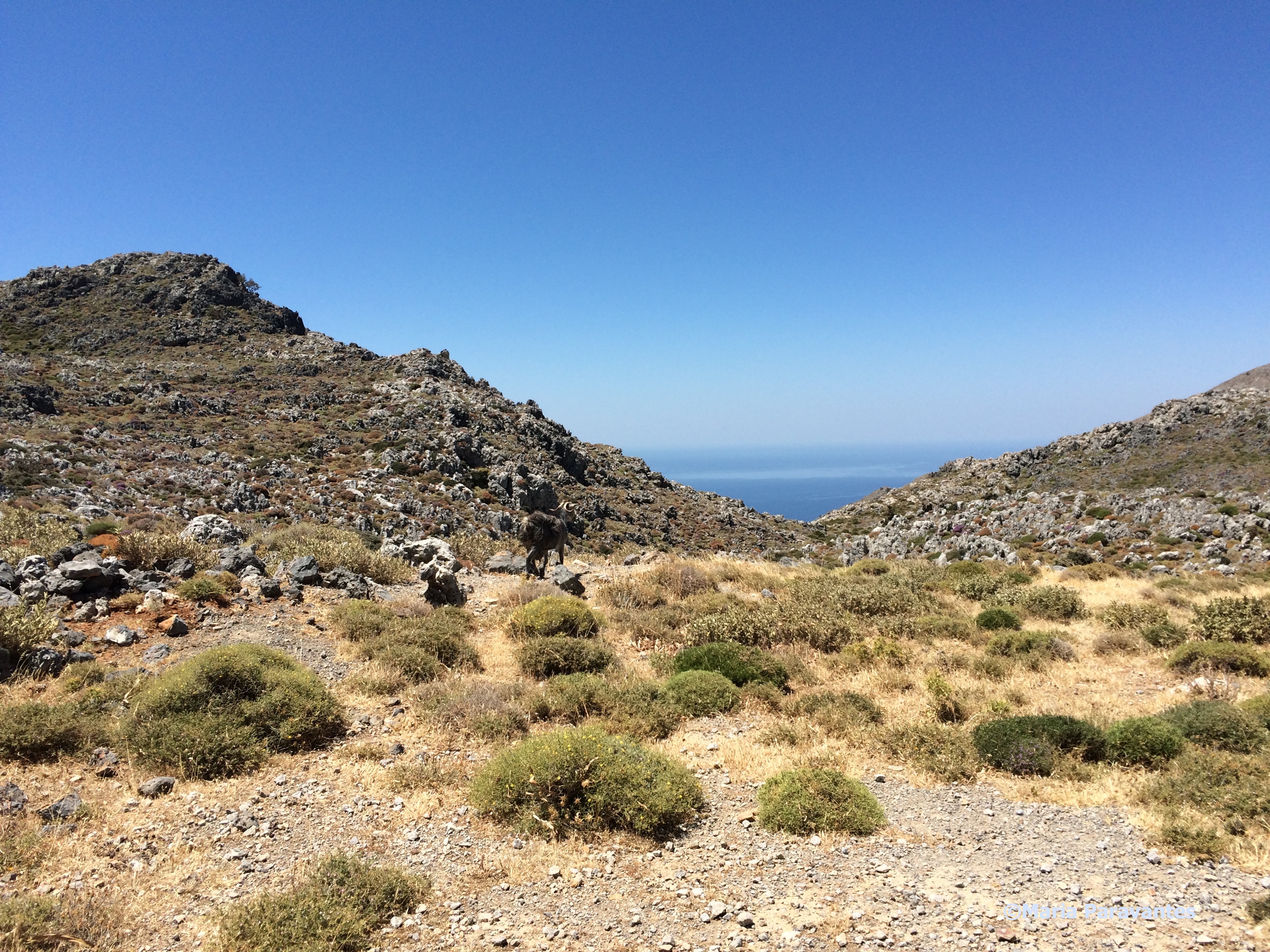
Running waters, lush valleys, fruit trees and a tiny pine forest are home to a tiny village hidden in the mountains of Crete.
Off the main road to Viannos, some 63km southeast of Iraklion’s main port, you will find a small wonder: Kato Symi.
The picturesque village, a nature lover’s delight, lies in the embrace of springs, waterfalls, caves and small plateaus. Boasting such natural wealth, Kato Symi belongs to the EU’s Natura2000 network which protects and conserves threatened species and habitats.
► How to Live Long and Happy Like a Greek
As you leave the Cretan villages of Ano and Kato Viannos behind, take a left turn off the main road where several abandoned stone houses dot the scene. These homes were to be handed over to the villagers after the Germans burnt the village down in retaliation for the murder of German soldiers in the 1940s – trying times. But they were never completed or inhabited by the Symians.
Further up along the way, you will find yourself in the midst of a valley with cherry, walnut, plane, and pear trees, which in turn leads up to a verdant pine forest where local bees collect the nectar to produce the region’s famed Cretan honey.
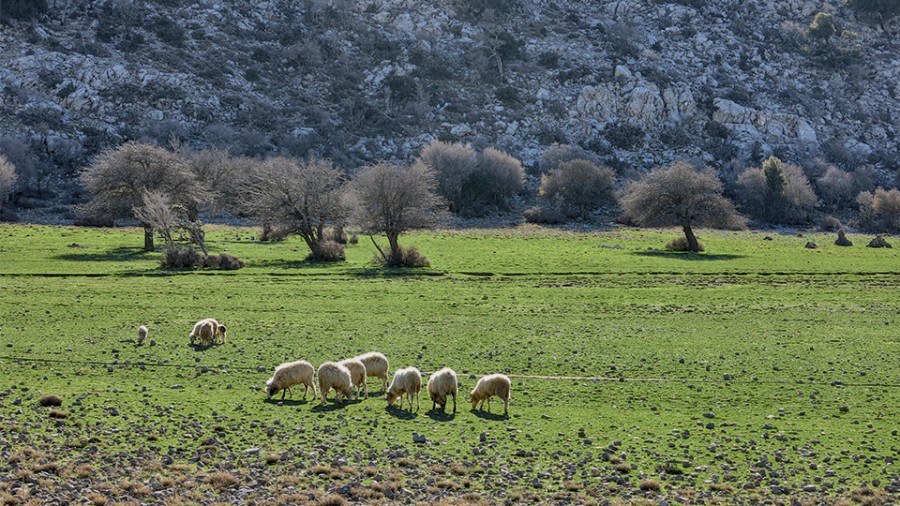
Upon entering the hamlet one will instantly “experience” the revitalizing touch of the cool breeze as the calming spring waters. The average temperature here in summer reaches 25C. A perfect spot to sit back and chill out.
👉🏼 Find the best hotel deals for you
A massive plane tree, or “platanos” in the center of the village square welcomes guests to its natural shade away from Crete’s ruthless summer sun. The square is named Karavos after the stream which supplied Kato Symi and its neighbouring villages with drinking water until the late ’60s.
In the ’60s, Kato Symi was home to some 160 families. Today, maybe 30 families live here, with many more returning in the summer months. In the winter, most of the villagers move to the more accessible Loutraki nearby.
► The Enduring Legacy of the Authentic Cretan Knife
Paying Tribute to a Teacher
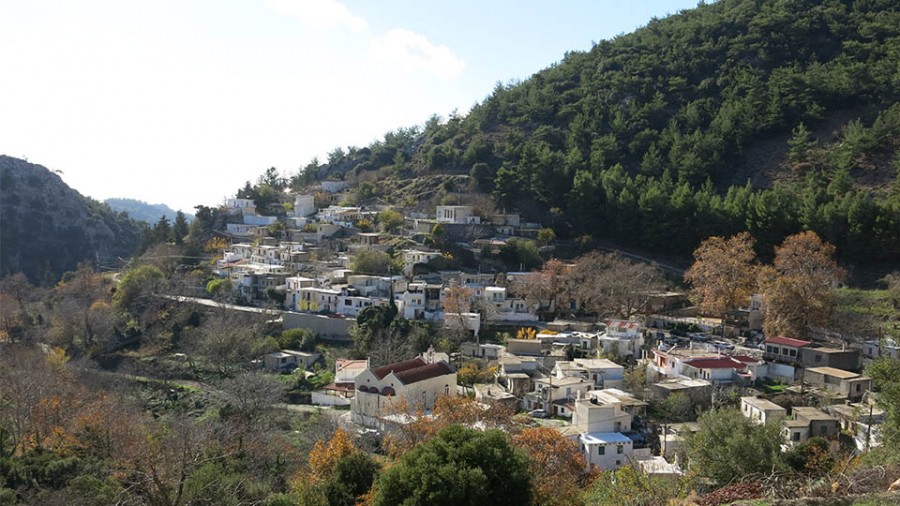
I admit, when I first visited Kato Symi, I was taken back by the sheer beauty and simplicity of the natural surroundings. But it was something else, something I have never come across in my travels that left me speechless.
At the heart of the square stood a bust; not your usual statue of an official or politician or even of a prominent general… but of a teacher. Yes, a teacher. The Symians thought it right to honor their hero… Mrs Stela Michalaki, who was born in Ierapetra (Myrto), married a lawyer from Pefko, and taught the children of Kato Symi between 1935 and 1962. In gratitude, the villagers of Kato Symi decided to remember their teacher and at the same time highlight the importance of education with a bust in her honour.
Indeed, how different this world would be, if teachers were remembered…
⛴ Book your ferry boat tickets to the Greek islands!
Cretan Food… Symi Style
And then there’s the food… where should I begin to even describe Cretan cuisine. Sitting at one of the village’s few tavernas, all under the plane tree, with a light afternoon breeze caressing our sun-burnt faces, we ordered the ubiquitous “koukouvagia” or “dakos” (Cretan rusk), and of course, the island’s famed (or should I say, notorious spirit) raki.
The dakos in these parts of Crete is served dipped lightly in local white wine, with extra virgin Cretan olive oil and accompanied not by myzithra, anthotyro or some other fresh white cheese, but with a locally-made graviera (a harder yellow and buttery texture cheese made from sheep’s milk).
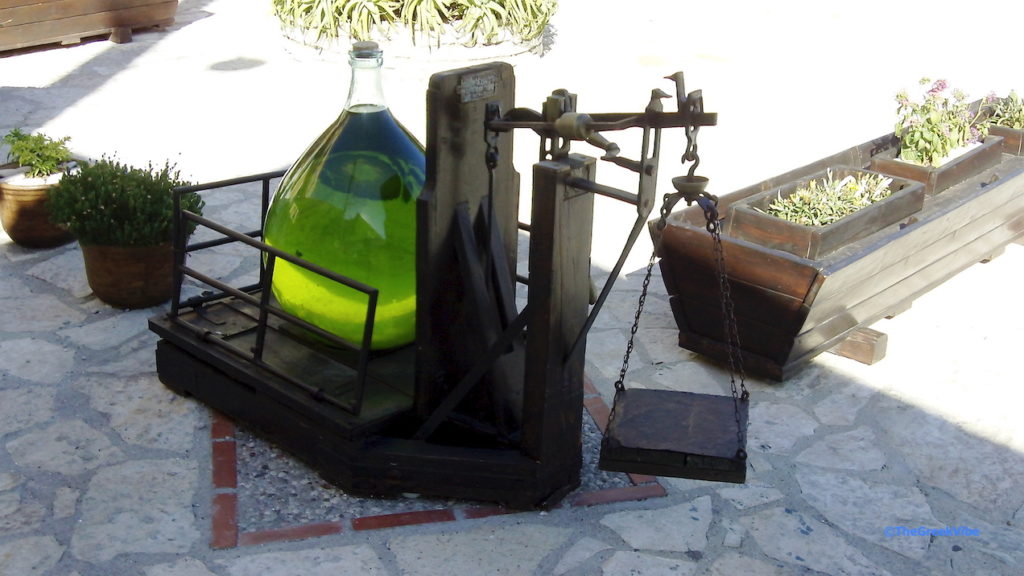
Raki and rusk is a culinary match made in heaven. Before I could ask about the cheese, a lanky man dressed in black wearing the traditional Cretan headband (the “sariki”) stopped in a dilapidated pickup truck and emerged lovingly holding a handful of small round cheeses. To our luck, he was a shepherd who made and sold graviera cheese made from the milk of his own sheep and goats which grazed the Omalos Plateau several kilometres outside the village.
►Erotokritos: The Lamenting Lyre of Love
If you haven’t tried Cretan graviera, make sure to do so now. The cheese – a sharp buttery cheese made of sheep’s milk which matures in one of the many island caves – is a product of Protected Designation of Origin (PDO) since 2001. Simply put… if you try this cheese once, you will never again wonder why the Greeks are among the world’s top three cheese consumers.
So what’s there to do in Symi? Well, eat of course! Besides its excellent wine and cheese, the village and area is known for its delicious dishes, particularly its meats and the unique roasting (“ofto” or “antikristo”) technique, which involves placing portions of meat on wooden skewers facing (“antikrista”) the fire and not above as is common practice elsewhere in Greece. (I actually saw this in Argentina outside Buenos Aires). Today, however this meat preparation is done in specially made ovens. In the past it was done in the ground.
►Who is Greece’s Saint Valentine?
Darkness and Faith
Shortly before reaching Kato Symi, at Sklavorini, you will come across a water mill which once belonged to the Papadopoulis family. On this spot a monument marks one of the darkest moments in the history of the Viannos region. In 1943, Resistance fighters killed several German soldiers. In retaliation, the Nazi forces ravaged the county, burned down entire villages and executed every single male.
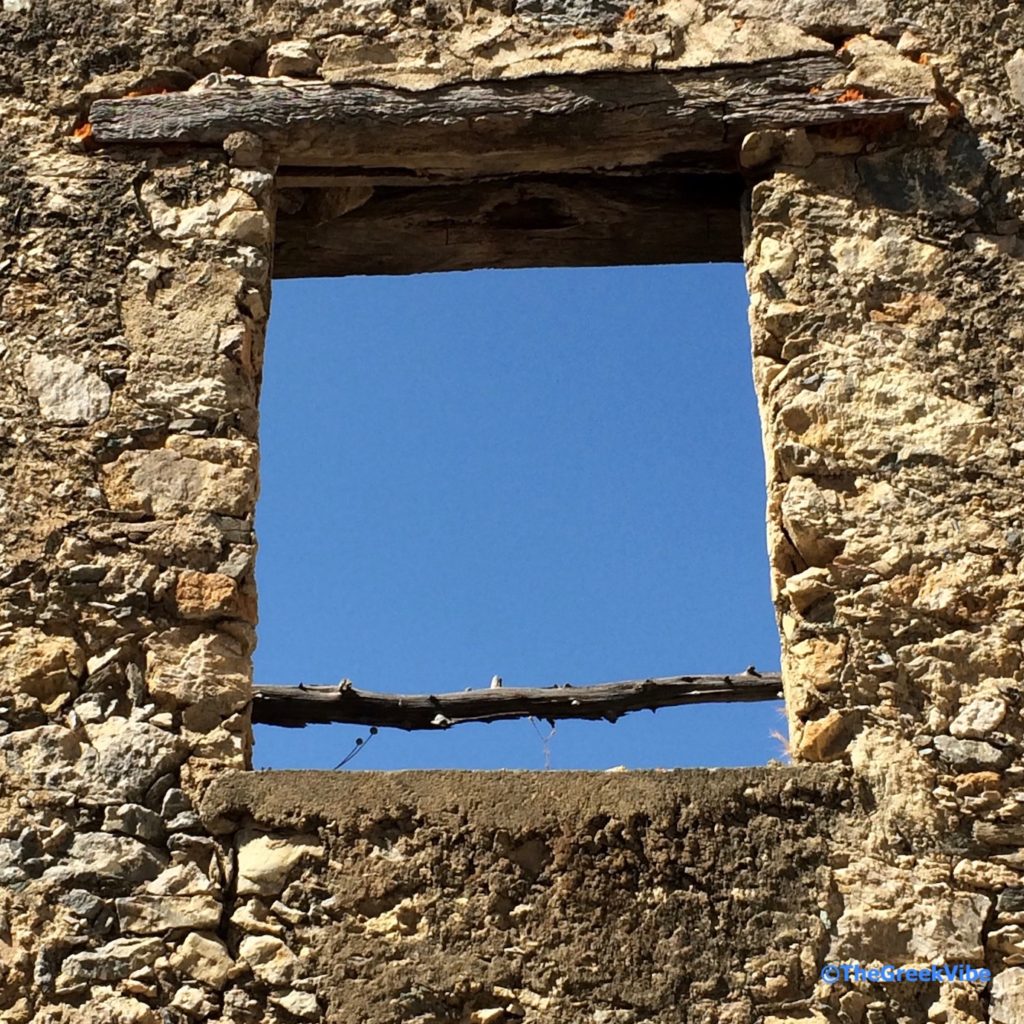
On a different note, like all Greeks, the Symians to adore their saints and celebrate in their honor. On August 15 – the grandest day across Greece after Orthodox Easter – the Symians observe the Assumption of the Virgin Mary with a massive “panegyri” (open-air fair) in the central square. Make sure to stop and join in. Panegyria are all about food, drink, song and dance.
On your way there, make sure to visit the churches of Afentis Christos (His Master Christ) on the lower end of the village. The same named church atop Mt Afentis Christos on the peak of Dikti (2,141m) celebrates on August 6.
👉🏼 Find the best hotel deals for you
St George, about 1km from Ano Symi, boasts impressive murals dating back to the 15th century, as well as the Panagia tis Galaktoktismenis kai Nistikoktismenis dedicated to the Virgin Mary and said to have been built by fasting craftsmen with mud made of milk.
Yes, it’s off the beaten track, but there’s something for every taste in Kato Symi. Some 5km outside the village is an archaeology lover’s treat: in the midst of ‘wise’ plane trees lies the Temple of Hermes and Aphrodite. The sanctuary dates back to the Middle Minoan Period. Additional findings and artifacts are on show at the Archaeological Museum in Iraklion.
► Discovering the Best of Crete in Authentic Sitia
Mikros Omalos: What a Plateau
Nestled in the mountains among the peaks of Dikti, the highest being Afentis Christos (at 2,141m), you will find many valleys and plateaus (Lasithi, Katharo, Limnakaro), the largest and most impressive being the Omalos Plateau at a height of 1,350m.
Heaven on Earth is probably the best way I can describe Omalos, or “Mikros Omalos” – not to be confused with the widely known plateau in Chania.
Setting off from Kato Symi by car or – for the strong willed – on foot, brace yourself for a sight that will leave you speechless. There are several pathways and dirt roads leading up to Omalos. Very few travelers – not to mention Cretans – know of this natural wonder, and it is not by chance that according to Greek mythology, it is here, in the cave Dictaeon Andron, where the mighty God Zeus was born.
After a twisting drive up through a lush pine forest and ever-changing natural scenery, a beautiful golden hued plateau emerges as if out of nowhere. And yes this must be the gate to heaven…
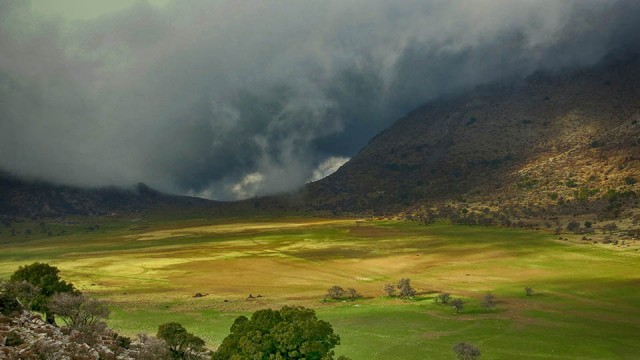
Up until recently, the only inhabitants of this Cretan marvel were the Stavrakakis family, shepherds who offered us a welcoming raki and natuarally a Cretan a rusk.
►A Sanctuary of Love: Safeguarding Crete Food Traditions & Heritage
To the west of this highland you will find the humble chapel of the Holy Spirit (Agiou Pnevmatos) with a running spring inside used by the shepherds and their animals. Ideally, prepare a light lunch of Cretan cheese, rusks, wine, and tomatoes, sit in the shade and be grateful. If there ever was a place for one to come so close to the universe, then this is it. When night falls, you can touch the stars above. Try it.
👉🏼 Dream of visiting Greece? Start planning
Come winter, the same landscape is dressed in white, and with the onset of spring, the melting snow gives birth to a small alpine lake in the midst of the plateau creating a sight like no other.
On your trek through the forest up to Omalos make sure to stop at the “Koutelo tou Paradeisou”, a natural “veranda” with a breath-taking view of the Libyan Sea below.
Visiting Symi, Crete – Maria’s Tips
✓ On the road again…
Driving along the central road from Iraklion to Viannos, pass by Ano and Kato Viannos towards Pefkos. You will come across a sign towards Kato Symi, turn left. On your left, you will see several derelict stone houses. Head towards Kato Symi. Some 63km from Iraklion.
✓ Indulge in…
…gamopilafo (a famed Cretan risotto of sorts), of course!, myzithropites, meatpies (kreatotourta), “tsigariasto” meat (lamb), greens and herb pies, stuffed zucchini blossoms (kolokythoanthous) – just to mention a few of the basics.
✓ Settle down…
…in Viannos, Loutraki, or for beach-lovers, in the small villages of Keratokambos, Psari Forada, Myrtos, Arvin and Tertsa, some 10-12km from Kato Symi.
✓ Don’t forget to buy…
the world famous extra virgin Cretan olive oil, Cretan“paximadia” (rusks), graviera, kefalograviera and myzithra cheeses, honey and raki.
✓ Truth or dare…
Contact the Iraklion Hiking Club and ask about organised treks (for all levels) in the surrounding areas as well as climbing outings.
Going in June? Don’t miss the “koures”, when the shepherds (or “kourites”) shear their sheep with ritual celebrations that include plenty of raki, antikristo meat, wine and music.
✓ Song & Dance…
And of course, the famed Cretan music – songs and dances of courtship, marriage, rebellion, musical mocking tales like the rhyming mantinades – I should let you know that the dances we see depicted on ancient vases dating to Minoan times (2600-1100BC), are still danced on Crete today. Leave your worries behind and enjoy a taste of Cretan “kondylies” on your trip!
Enjoy!
Enjoyed this Post? Share and Pin it!
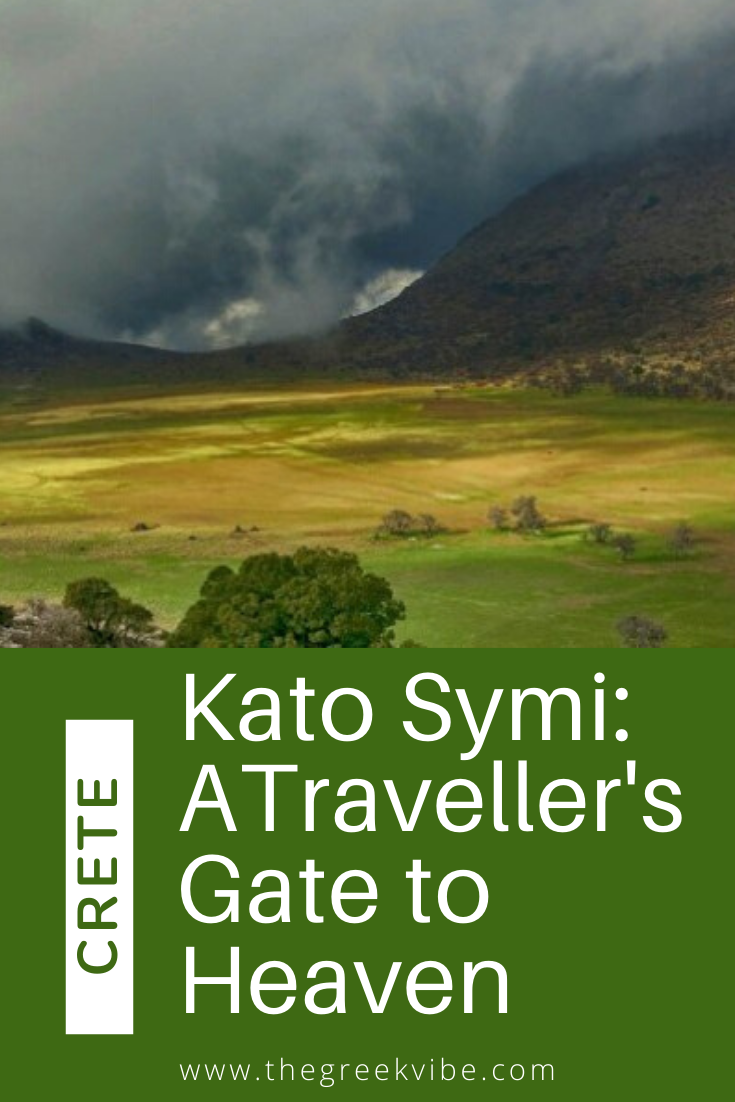



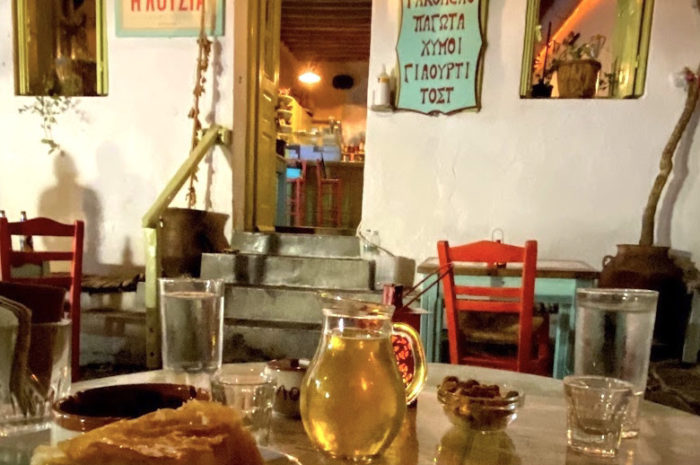
Wow, what a relaxing and amazing place to stay!
Kato Symi, and Crete overall is truly a wonderful travel experience that everyone must try at one point in their life. This village is just bliss.
Amazing blog. I love off the beaten path countries… and then you even take us off the beaten path within the country! I am super curious about Crete food & you had me at “gamopilafo” lol. Hope to experience this country one day! Saving & Pinning your blog for travel inspo.
Thank you so much for the kind words. Glad you enjoyed the read. Stay tuned for more!